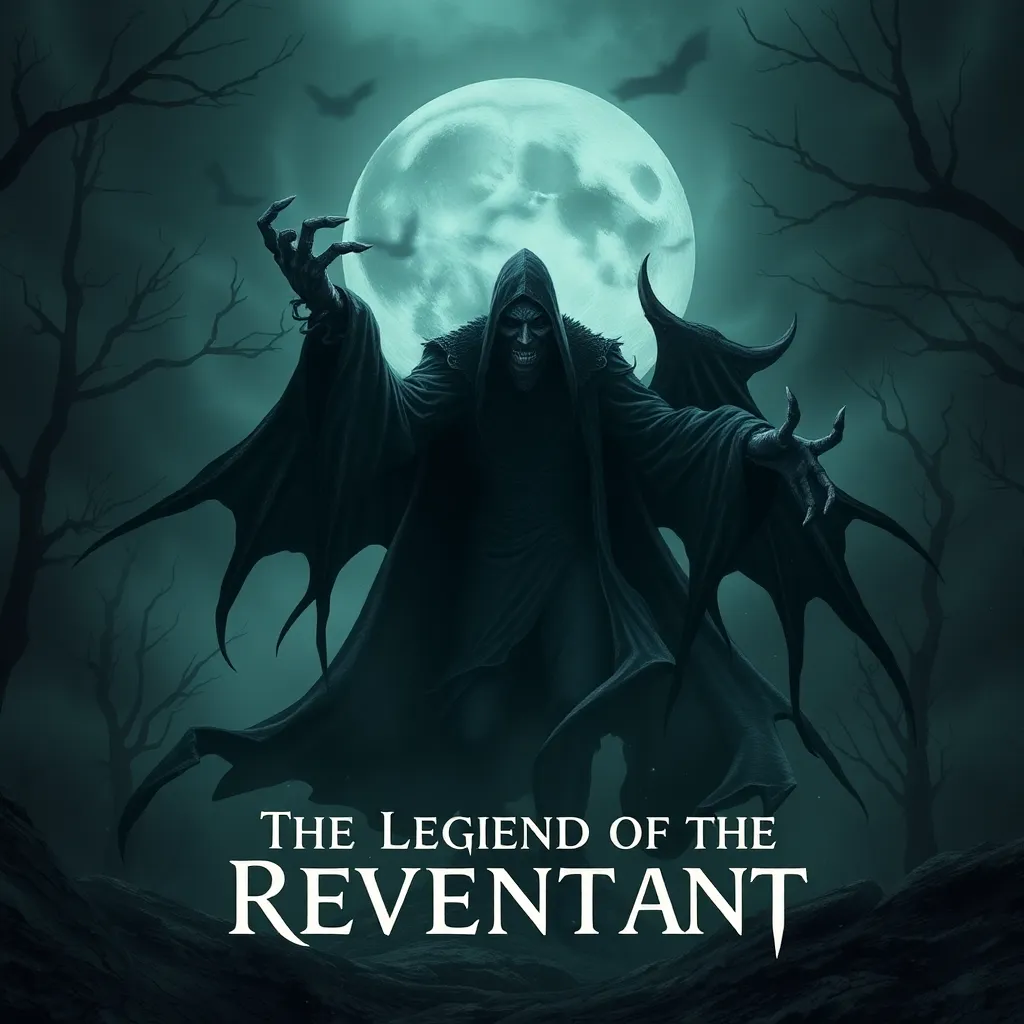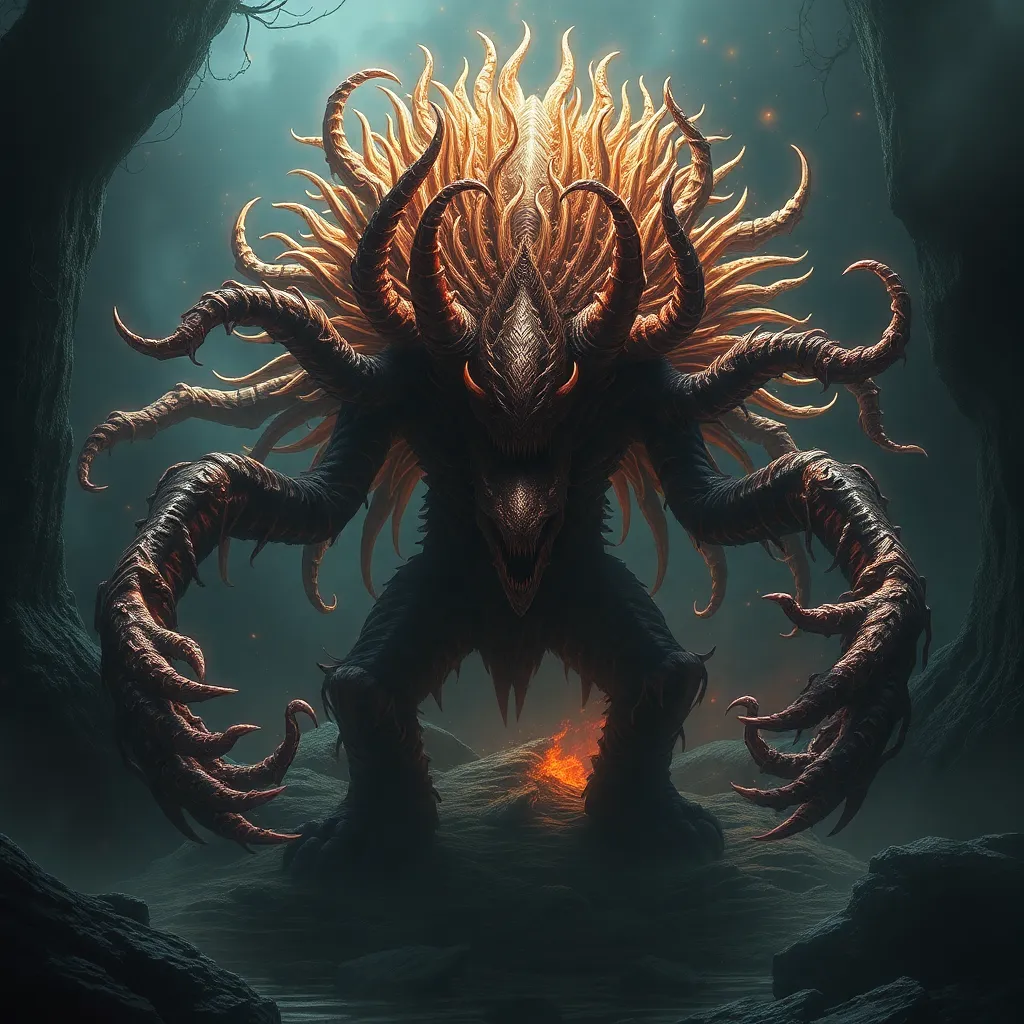The Legend of the Revenant: Exploring the Mythological Origins of the European Vampire
I. Introduction
The term “Revenant” typically refers to a being that returns from the dead, often associated with the undead in various mythologies. In the context of European folklore, it specifically pertains to the archetype of the vampire, a creature that has captivated imaginations for centuries.
Vampire mythology in Europe is varied and rich, encompassing a plethora of tales and beliefs that have evolved over time. From the fearsome bloodsuckers of Eastern European folklore to the more romanticized versions seen in modern literature, the vampire legend reflects deep-seated societal fears and cultural shifts.
This article aims to explore the origins and evolution of the vampire legend, tracing its roots through historical contexts, cultural representations, and its transformation into the modern archetype we recognize today.
II. Historical Context of the Vampire Myth
Folklore played a crucial role in medieval Europe, serving as a means of explaining the unexplainable. Tales of revenants were often used to address societal fears surrounding death, disease, and the afterlife.
- The Role of Folklore: Myths often emerged as explanations for sudden deaths, outbreaks of disease, or other calamities.
- Societal Fears: Historical events such as plagues and wars contributed significantly to the fear of the undead.
Moreover, the perception of the undead was deeply influenced by the rampant disease and high mortality rates of the time, leading communities to create narratives that provided a framework for dealing with death.
III. The Revenant in Ancient Cultures
Early representations of the undead can be traced back to various ancient civilizations. In Mesopotamia, for example, the concept of the “ekimmu” referred to restless spirits who returned to haunt the living.
When comparing European revenants to similar entities in other cultures, we see intriguing parallels:
- Mesopotamia: The ekimmu, a spirit unable to find peace.
- Ancient Egypt: The concept of the ka, which represented the life force that could linger after death.
This historical context illustrates a transition from myth to legend, as early societies began to formalize their beliefs about life after death and the consequences of improper burial practices.
IV. The Evolution of the Vampire Archetype
The vampire archetype underwent significant transformation, particularly through literature. Key works that shaped modern vampire mythology include:
- Dracula by Bram Stoker: This 1897 novel introduced the vampire as a sophisticated predator.
- The Vampyre by John Polidori: Often credited as the first vampire story in English literature.
These narratives shifted the portrayal of the revenant from a monstrous entity to a more complex character, often embodying themes of desire and seduction. The Gothic movement further influenced vampire narratives, emphasizing emotional depth and the exploration of taboo subjects.
V. Regional Variations of Vampire Legends
Vampire legends vary significantly across Europe, shaped by local beliefs and cultural practices. Some distinct characteristics include:
- Slavic Vampires: Often depicted as bloated and ruddy, with a strong emphasis on burial rites.
- Celtic Vampires: Linked to the fae and other supernatural entities, often embodying trickster qualities.
- Mediterranean Vampires: Such as the “Strigoi,” which emphasizes the connection to the undead and the living.
Rituals and practices associated with vampire lore often varied by region, influenced by local geography and climate.
VI. The Role of Religion and Superstition
The intersection of Christianity and pagan beliefs significantly influenced vampire folklore. Early Christians often viewed vampires as embodiments of evil or punishment for sin.
- Church Responses: The Church’s stance included exorcisms and burial rituals to protect against revenants.
- Superstitions: Societal beliefs about the undead often led to vampire hunts and the establishment of protective measures.
This blending of religious beliefs and superstitions reinforced societal behaviors and created a complex relationship with the idea of the undead.
VII. Modern Interpretations and Popular Culture
In contemporary literature and media, vampire themes have seen a resurgence, often reflecting societal changes and anxieties. Modern portrayals include:
- Romantic Vampires: Characters like Edward Cullen from “Twilight” demonstrate a shift towards a more sympathetic view of vampires.
- Vampire Hunters: Media such as “Buffy the Vampire Slayer” showcase the conflict between humans and vampires, exploring themes of morality.
The role of fandom and community has also played a significant factor in the ongoing evolution of vampire mythology, with conventions and fan fiction contributing to the richness of the genre.
VIII. Conclusion
In summary, the legend of the revenant and its place in European mythology is a complex tapestry woven from historical events, cultural beliefs, and literary evolution. The enduring fascination with vampire legends reflects deep-seated fears and desires that continue to resonate in contemporary society.
As we look to the future, further research and exploration of the vampire mythos will likely reveal new interpretations and insights, reflecting the ever-changing landscape of human belief and imagination.




